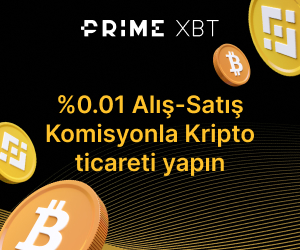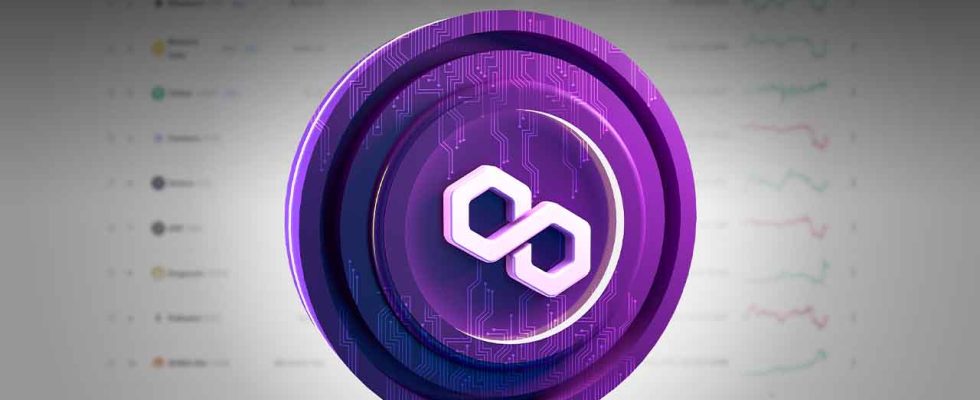One of the leading names in the blockchain world polygon Labs introduced AggLayer with the aim of solving the gap between monolithic and modular blockchain architectures. AggLayer will serve as an “aggregation layer.” The new solution will provide the entire solution on a single chain, ensuring that layer-1 and layer-2 chains operate uninterruptedly.

Commenting on the future of blockchain architecture, the article states that the future is evolving towards modular structures and is aware of the unique problems experienced by different models. Monolithic chains can basically offer interoperability, but they also have some weaknesses in scalability, security and decentralization. The article also underlines that modular architectures can bring important innovations in terms of benefits, especially scalability.
Stating that he is aware of the shortcomings of both monolithic and modular approaches AggLayer, conveyed his own solution model with a new concept that he defined as “aggregation”. This new blockchain design combines the dominance and scale of modular architectures with the unified liquidity and user experience of monolithic systems. AggLayer acts as a decentralized protocol that collects ToM proofs from connected chains and secures cross-chain transactions almost instantly.
AggLayer, part of Polygon 2.0, is a technology that combines different blockchain networks. This technology enables these networks to operate as if they were a single chain, while allowing each blockchain to maintain its own control. AggLayer makes it possible to conduct transactions quickly and securely, using a method called Zero-Knowledge (ZK) proofs. In this way, users can aggregate liquidity across multiple blockchains in one place and experience a better user experience. Thanks to this system, developers and users can easily reach users in various chains and get an experience similar to using the internet.
However, with AggLayer, it will now be much easier to participate in activities on different networks without the need for complex bridging operations. Moreover, NFTs will also be included in these transaction activities. While the new model is expected to be released in February, newer features are expected to arrive in the coming months with the v2 version.
AggLayer by Polygon Labs; It represents a significant step forward in blockchain architecture by addressing issues of scalability, fragmentation, and user experience. The development of the project over time may be one of the important steps in a highly innovative Web3 world for both developers and users.
